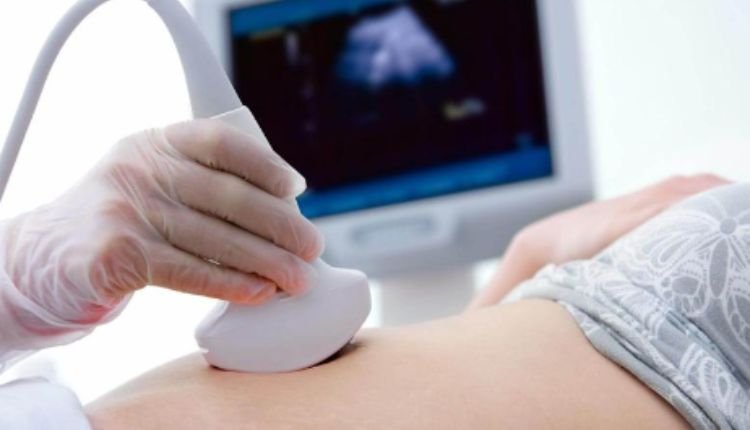In the world of medical care, diagnostic imaging is a valuable tool. It gives us a deeper look inside the body. In trauma cases, it becomes even more critical. It helps us see what we cannot see with our own eyes. One technique gaining attention is nuclear medicine Colorado. We’ll take a closer look at it in this blog.
What is Diagnostic Imaging?
Diagnostic imaging is a way to create pictures of the inside of your body. It’s like having X-ray vision. Imagine being able to see your bones, organs, and other structures without making a single cut. That’s what diagnostic imaging does. It lets doctors see what’s going on inside without surgery.
When is Diagnostic Imaging Used?
Doctors use imaging for many reasons. It helps them find diseases, see how bad they are, and check how well treatment is working. However, in trauma cases, imaging can be life-saving. It reveals hidden injuries and guides doctors on the best treatment.
Nuclear Medicine: A Unique Form of Imaging
Nuclear medicine is a unique type of diagnostic imaging. It uses small amounts of radioactive material to diagnose diseases. The radioactive materials are called radiotracers. They are injected into the body, inhaled, or swallowed. The radiotracers travel to specific areas of the body and give off energy. Special cameras pick up this energy and create images for doctors to study.
The Role of Nuclear Medicine in Trauma Cases
In trauma cases, nuclear medicine can be especially useful. It can show blood flow and the function of organs. This can help doctors spot injuries that other tests might miss. It can also help to see how severe an injury is. This information aids in deciding the best course of treatment.
Comparison of Nuclear Medicine and Other Imaging Techniques
How does nuclear medicine stack up against other forms of imaging? Let’s take a look at a comparison table.
| Method | Pros | Cons |
| Nuclear Medicine | Can show function and structure, useful for a wide range of conditions | Uses small amounts of radiation, takes longer than other tests |
| X-Ray/CT Scan | Quick, easy, good for seeing bones and certain tissues | Uses radiation, less effective for certain organs |
| MRI | No radiation, excellent for soft tissues | Expensive, can’t be used with certain implants |
Conclusion
Diagnostic imaging is a cornerstone of modern medicine. It’s crucial in diagnosing and treating trauma cases. Techniques like nuclear medicine Colorado provide us with invaluable insights. They help ensure the best possible care for patients who need it most.


Comments are closed.